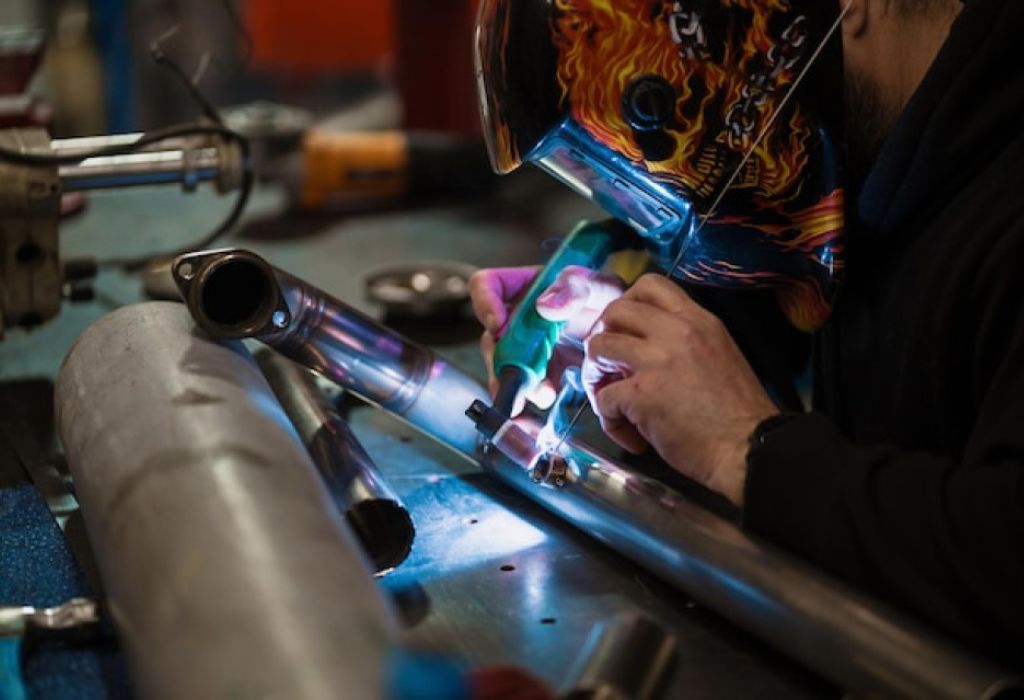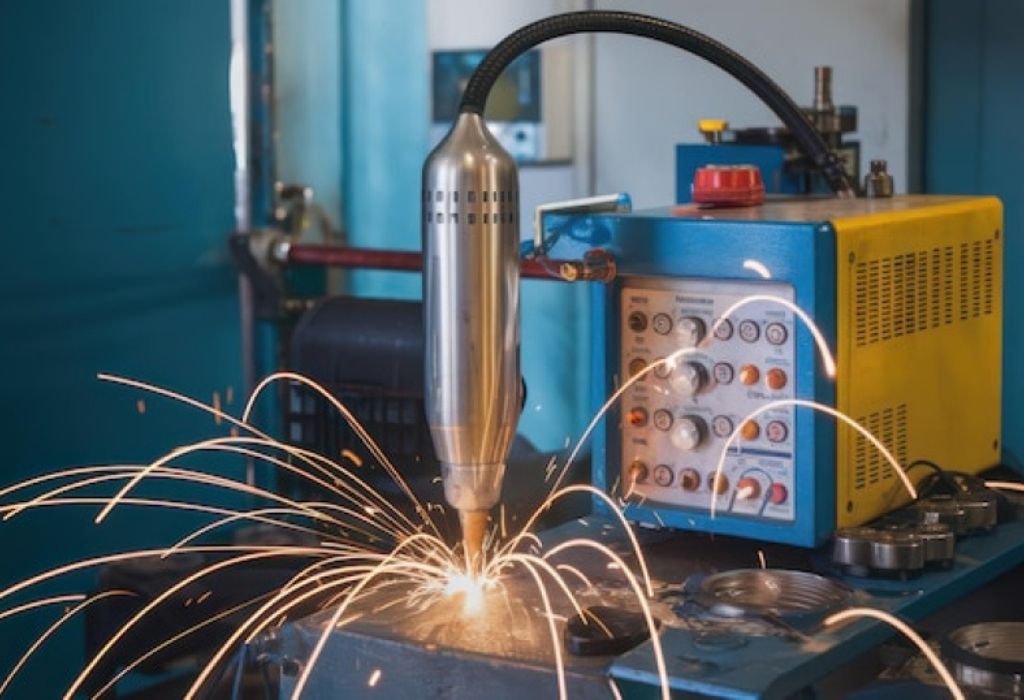In modern manufacturing, welding efficiency and precision are critical for quality production. Many factories face rising labor costs and production bottlenecks with traditional welding methods, prompting a shift toward laser welding machines.
However, the question that often arises is: how much does a laser welding machine cost? Understanding the price range is essential for budgeting, investment decisions, and predicting ROI.
Laser welding machines vary widely, from compact fiber units for small workshops to high-power industrial systems for mass production. According to recent industry data, the cost can range from $20,000 to over $500,000, depending on power, automation, and precision features (source).
Investing in the right machine can dramatically reduce labor costs, improve welding accuracy, and increase throughput. This guide will explain the different types of laser welders, key factors that influence cost, additional expenses, and tips for selecting the right model in 2025.
With this knowledge, manufacturing managers and shop owners can make informed decisions, ensuring a balance between cost, efficiency, and production quality.
Types of Laser Welding Machines

Laser welding machines are primarily categorized as fiber lasers, CO2 lasers, and hybrid systems. Each type offers unique capabilities, precision, and cost implications.
What is a fiber laser welding machine?
Uses fiber optic laser; ideal for metals like stainless steel, aluminum, and titanium.
What is a CO2 laser welder?
Uses gas laser technology; suitable for thicker materials and heavy-duty industrial applications.
Are hybrid machines available?
Yes — hybrid systems combine fiber and CO2 benefits, usually at a higher cost.
Does laser type affect precision?
Yes — fiber lasers provide higher precision and smaller heat-affected zones.
Which type is best for small workshops?
Compact fiber laser machines are ideal for small-scale production and prototyping.
Key Factors Affecting Cost
The price of a laser welding machine depends on power, automation, precision, and material compatibility. Higher wattage and automation features significantly increase the cost.
Does wattage affect price?
Yes — higher wattage enables deeper penetration but adds to the purchase price.
Do robotic systems increase cost?
Yes — integrating robotics can double or triple the investment.
Does machine size matter?
Larger machines that handle bigger workpieces are more expensive.
Are desktop units cheaper?
Yes — desktop fiber lasers are cost-effective but have lower throughput.
Do CNC-controlled machines cost more?
Yes — CNC compatibility improves precision and flexibility but increases cost.
Additional Costs to Consider
Beyond the base machine, setup, installation, training, and maintenance add to total investment. Accounting for these ensures accurate budgeting.
Is installation included in the base price?
Usually not — professional setup can cost several thousand dollars.
Do you need special safety equipment?
Yes — laser shields, eyewear, and ventilation systems are required.
Are maintenance contracts available?
Yes — service contracts reduce downtime but add recurring costs.
Do spare parts affect long-term cost?
Replacement lenses, nozzles, and fibers contribute to ongoing expenses.
Is energy consumption significant?
High-power lasers consume more electricity, impacting operational costs.
Comparing Industrial vs Desktop Machines
Industrial machines are high-capacity, high-cost, and suited for large-scale production. Desktop machines are compact, lower-cost, and ideal for small workshops or prototyping.
What is the price range for desktop units?
$20,000–$50,000.
How much do industrial machines cost?
$100,000–$500,000+ depending on features and automation.
Do industrial machines offer higher precision?
Typically yes — but require more space and infrastructure.
Are desktop units portable?
Many are small enough for bench-top use.
Is ROI faster with desktop machines?
Yes for small-scale operations; industrial machines need higher throughput to recover costs.
Cost vs ROI Analysis
Calculating ROI helps justify investment. High-cost machines reduce labor, improve quality, and increase production speed.
How long does it take to recover cost?
Typically 1–3 years depending on production scale.
Does precision impact ROI?
Higher precision reduces scrap and improves product quality.
Do automation features affect ROI?
Yes — they reduce labor costs and increase throughput.
Is energy efficiency important?
Yes — more efficient machines lower operational costs.
Does material versatility improve ROI?
Yes — machines that weld multiple metals increase profitability.
Tips for Selecting the Right Machine

Consider production needs, materials, space, and budget. Balance cost with features to maximize efficiency and ROI.
Should I buy the highest wattage?
Not always — choose wattage suitable for your production requirements.
Is warranty important?
Yes — longer warranties reduce risk and maintenance costs.
Do manufacturer reputation and support matter?
Yes — reliable suppliers provide better long-term service.
Is demo testing useful?
Yes — allows assessment of precision, speed, and usability.
Should I consider used machines?
Yes — used machines can lower cost but check condition and service history.
Future Trends in Laser Welding Machines
Innovations like AI-controlled welding, automated inspection, and compact fiber lasers will influence pricing. Industry 4.0 integration may increase upfront costs but improve efficiency and ROI.
Will AI improve laser welding?
Yes — AI optimizes welding parameters for better quality and consistency.
Are smaller, cheaper machines emerging?
Yes — desktop units continue to gain power while remaining affordable.
Will automation reduce labor costs?
Significantly — fewer operators are needed for consistent production.
Do energy-efficient lasers reduce operational costs?
Yes — energy savings can offset higher purchase price over time.
Is modular design becoming standard?
Yes — allows upgrades and customization without replacing the entire machine.
Conclusion
Understanding how much does a laser welding machine cost in 2025 requires considering type, power, automation, precision, and additional expenses.
Balancing cost with production needs, ROI, and operational efficiency ensures the best investment for your welding operations.

I’m Darrell Julian, the founder, lead writer, and hands-on welding enthusiast behind ArcWeldingPro.com. With more than 15 years of real-world welding experience, I created this platform to share what I’ve learned in the field, in the shop, and in the heat of the arc.


